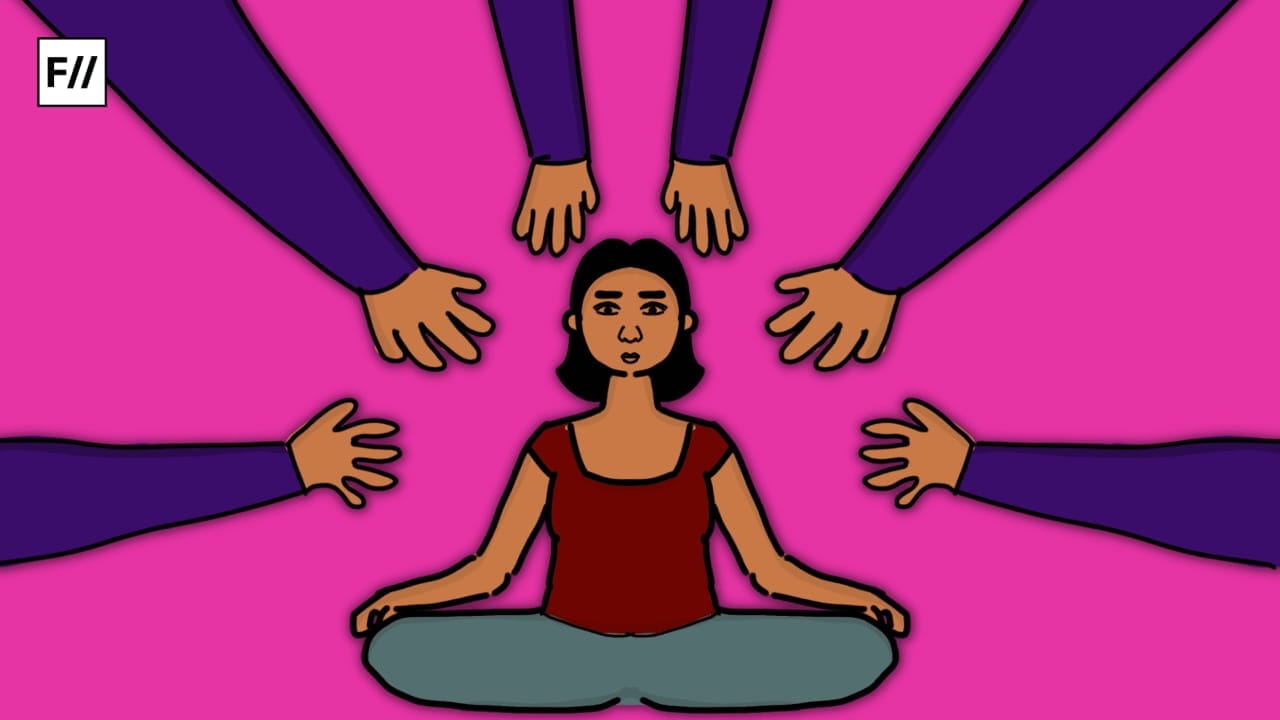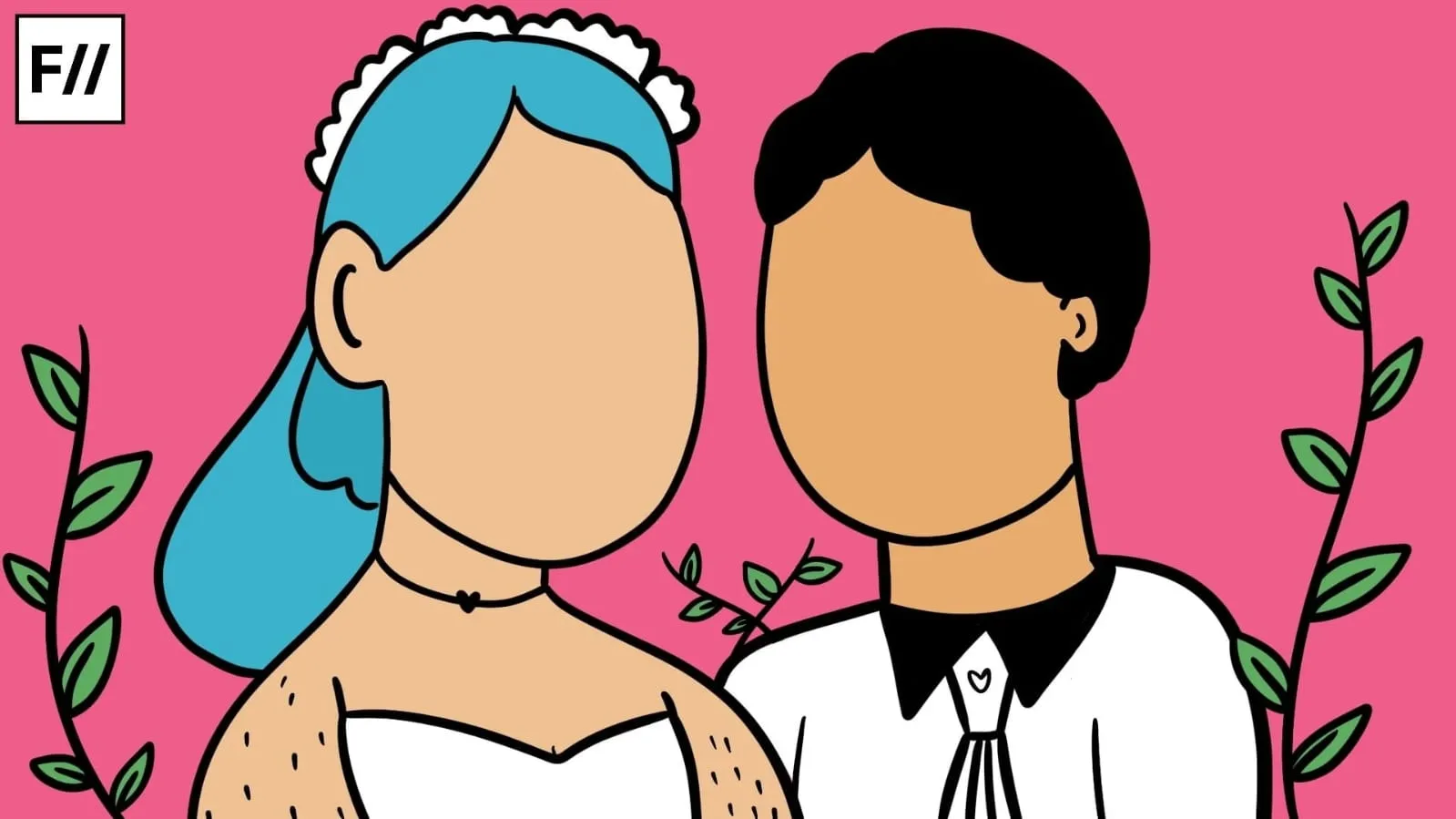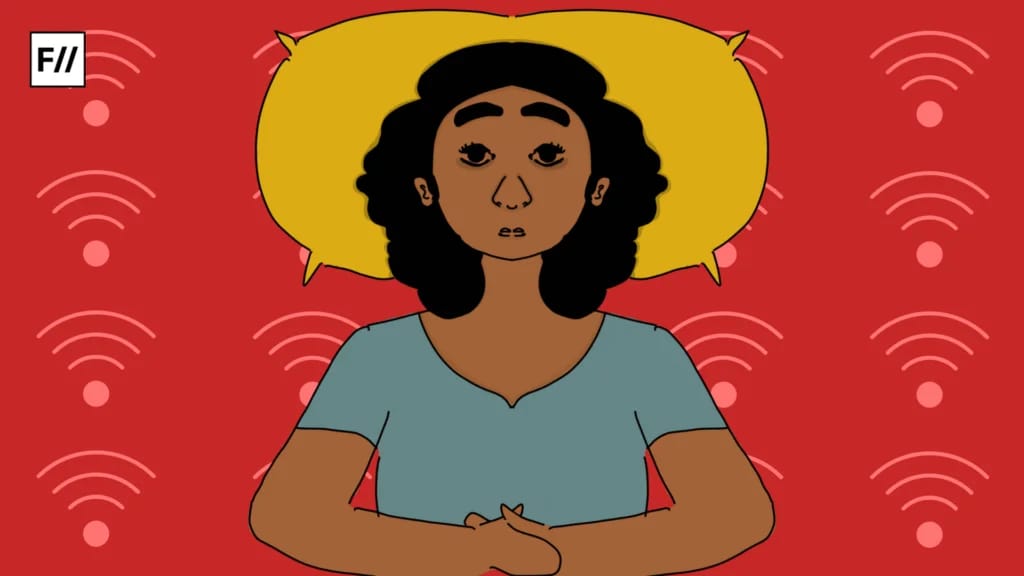One carousel at a time, Instagram has become a crucial platform for social change in India’s hyperconnected landscape today. Knowledge accounts led by marginalised individuals — often women — have become go-to destinations for accessible, visually engaging content on everything from mental health to politics. But while their posts educate, entertain, and empower millions, the people behind them are often left drained, invisible, and unpaid. The expectation that educational content should be freely available is fueled by both the politics of accessibility and the economics of social media and translates into women and marginalised creators being constantly expected to offer unpaid labour for ‘the greater good.‘
Unpaid intellectual labour in the age of the algorithm
These stories of artists and social justice activists cast light on exploitation and are gendered in nature, and widespread but still invisible. These activists, who regularly post about intersectional issues from mental health to caste and gender discrimination on Instagram, are often asked to create content or contribute ideas for free, in exchange for ‘exposure.’ This isn’t to say that they never get compensated monetarily for this kind of work, but ending up having to work without pay is quite regular. Some organisations are upfront, though, about their inability to pay and respect the artist’s refusal. But others might act entitled to their time and the labour.
The labour of running a knowledge-focused page on social media — be it Instagram, LinkedIn, or Twitter (currently X) — is neither light nor occasional. It involves research, scripting, captioning, designing, posting, engaging, and constantly tweaking strategies to navigate the algorithm’s ever-shifting terrain. And yet, creators are rarely compensated for their time.
Artika, 28, who runs a sex education account on Instagram, says, ‘Staying consistent [is hard], especially since I don’t do it full time… People can be very nice, but they also get really mean if their questions aren’t answered.’ Changing trends add to the pressure, she notes. So does, ‘not having enough high-quality production to compete with other creators.’
The expectation that educational content should be freely available is fueled by both the politics of accessibility and the economics of social media and translates into women creators being constantly expected to offer unpaid labour for ‘the greater good.‘
Dr. Itisha Nagar, 35, a Delhi-based psychologist who runs a feminist mental health page on Instagram, also recalls her content being used without credit. ‘But somewhere I think about the greater good more than credit,’ she says. This is not an anomaly.
And while it’s generous of her not to bother about credit, not everyone feels the same, and that’s completely justified, too. In an economy where ideas are currency, not everyone can afford to let go of credit.
Anindita Kundu, 34, another psychologist based in Bangalore, has also had their content used similarly. Mentioning a specific instance, they said, “My video and my content [was used] for the promotion of their mental health handbook without even checking in with me or giving me credit. I can’t imagine I had to fight for it.”
Kundu, among other things, talks about neurodivergence, endometriosis, and mental health on Instagram. Their experience is, unfortunately, a structural feature of Instagram’s knowledge economy, where creators are expected to be flattered by imitation, while brands and NGOs extract and monetize their ideas.
Artika’s experience hasn’t been vastly different either, with ‘brands, mostly’ using her content without giving her credit. The ease of screenshotting, reposting, or even rephrasing ideas without attribution has turned Instagram into a minefield for creators — especially those without legal teams or PR support. Kirthi Jayakumar, 37, calls this out for what it is, ‘appropriation without citation.’
The high personal and mental cost of visibility
Since the pandemic, Instagram’s knowledge ecosystem has expanded, with creators offering concise summaries of legal rights, therapeutic tools, and anti-oppression frameworks. But with visibility comes risk. ‘Violence, trolling, and hypervigilance’ are some of the hardest parts about running her account, Dr. Nagar says, adding,
‘Exposure is scary. Having a voice where the other is anonymous and violent can be scary… I have never proactively sought a following because I can’t control the crowd… A lot of the topics I talk about — gender, women, caste, class, and so on — all of those things tend to attract all sorts of people when they go viral.
And instead of feeling like, ‘Oh wow, people are reading and sharing my work, that’s great,’ it becomes more like, ‘Oh my god, who’s going to come and shit on my work and attack me for having a voice now?’ If a post is going viral for three or four days, I’ll get obsessed with checking who’s threatening me, hoping no one is, worrying someone might stalk me. It’s like that same lack of safety we feel on the streets starts showing up online, too.’
‘Exposure is scary. Having a voice where the other is anonymous and violent can be scary… I have never proactively sought a following because I can’t control the crowd‘
Kirthi, who posts about intersectional feminism from her account, echoes the sentiment, noting, ‘We never get visibility, and when we do, we get trolled.’
Research suggests that 73% of women journalists have experienced online abuse — including threats of physical and sexual violence, alongside digital security attacks. A 2020 survey that recorded the experiences of 14,071 young women from across the globe — including India — revealed more than half of the responders had been harassed online.
The same digital violence haunts social justice creators — especially those from marginalised communities, who often function like unpaid public intellectuals without any of the institutional protections. Social media algorithms, too, may be complicit in the online violence marginalised creators are forced to reckon with.
The algorithm’s push for engagement doesn’t distinguish between education and hate, and in doing so, it amplifies harm. For marginalised creators, every post is a gamble: will it inform, or incite abuse? Will it create community, or invite cruelty? As these risks mount, the question remains: who gets to stay safe and be seen online?
Capitalism has co-opted the carousel
Even as Instagram is hailed for democratising access to knowledge, its business model remains rooted in commodification. The platform rewards creators who can churn content consistently, engage in trends, and maintain polished aesthetics — often privileging upper-caste, urban, and able-bodied users with better access to production tools and social capital. Mainstream influencers — like Malvika Sitlani and Raj Shamani — rarely discuss ‘how their privilege allowed them to ‘put in the hours.’ Not only that, [they] often forget to acknowledge that the socio-economic conditions, which may have had a role to play in affording them the kind of access and opportunities that enabled their online growth, might be unavailable to many of their followers who don’t have comparable class-and-caste privileges,’ notes an article in The Swaddle.
Those who don’t have the same privileges — and therefore can’t keep up — are left behind. This hits knowledge creators particularly hard since their content isn’t based on trending audio or influencer aesthetics, but on time-consuming research and analysis. And unlike lifestyle influencers, they often don’t have brand deals to fund this labour. Economically and socially marginalised creators end up being the most disadvantaged, of course, given that they’re less likely to have the time, energy, and financial safety net to churn out Instagram content at the speed the platform demands.
And for creators with chronic illnesses or neurodivergence, the expectation of constant engagement becomes punishing. Fatigue, flare-ups, or sensory overload don’t pause the algorithm. Kundu calls Instagram ‘the most disregulating aspect’ of their day.
Even as Instagram is hailed for democratising access to knowledge, its business model remains rooted in commodification. The platform rewards creators who can churn content consistently, engage in trends, and maintain polished aesthetics — often privileging upper-caste, urban, and able-bodied users with better access to production tools and social capital.
This is where Instagram’s knowledge economy mirrors capitalism: it exploits the most vulnerable while rewarding those who can afford to keep producing. A disabled creator who spends days crafting a carousel on mental health might get fewer views than a privileged influencer lip-syncing to trending audio. The labour of insight, nuance, and emotional honesty, usually by those with lived experiences, is rendered invisible in an ecosystem built for aesthetic over substance.
Burnout by a thousand swipes
What does it mean to keep showing up, day after day, for free, just to educate strangers? For many women creators, the cost is burnout. ‘It feels like you’re shouting into the void,’ B., 28, a feminist creator, shares. ‘You’re expected to offer nuanced analysis, respond kindly to DMs, and be ‘grateful’ for any reach you get, even as your work is stolen or ignored.’
The pressure to constantly engage is heightened by parasocial expectations: followers assume an intimacy that often translates into entitlement. Questions in DMs, requests for resources, and demands to speak on every trending issue become relentless. Once, a woman messaged me about getting an ADHD diagnosis. I directed her to some resources, but she kept pushing to talk through her experiences with me. I had just taken a week off work due to burnout and didn’t have the emotional bandwidth. Honestly, even if I hadn’t been burnt out, I didn’t owe her my time. But when I politely declined, she sent me a series of angry DMs. Naturally, I blocked her, which resulted in her sending me abusive emails from her boyfriend’s account.
There is a kind of emotional exhaustion that accompanies constantly absorbing the expectations of strangers while managing one’s survival. It’s the fatigue of being seen, but not supported. Followed, but not protected.
Towards a more equitable Internet
Dismissing the work that goes behind knowledge accounts as ‘just posting’ is to ignore their transformative power. Educational accounts on Instagram have filled major gaps in India’s public discourse — from spreading awareness about caste-based violence, to debunking mental health myths, to platforming queer perspectives. This work shapes public consciousness.
And yet, it remains unpaid. Unlike formal journalism or academia, this kind of work is seen as too ‘casual’ to be funded, but too useful to be ignored.
As more Indian women lead the digital movement for accessible knowledge, their labour cannot go unseen and unpaid and must not be treated as charity — but as work that deserves to be credited, cited, and paid. Until then, the cycle will continue — unpaid, uncredited, and unrelenting
About the author(s)
DevRupa Rakshit is an independent journalist and communications professional at work, and a storyteller and artivist at heart. She's autistic, ADHD, and lives with cats!





